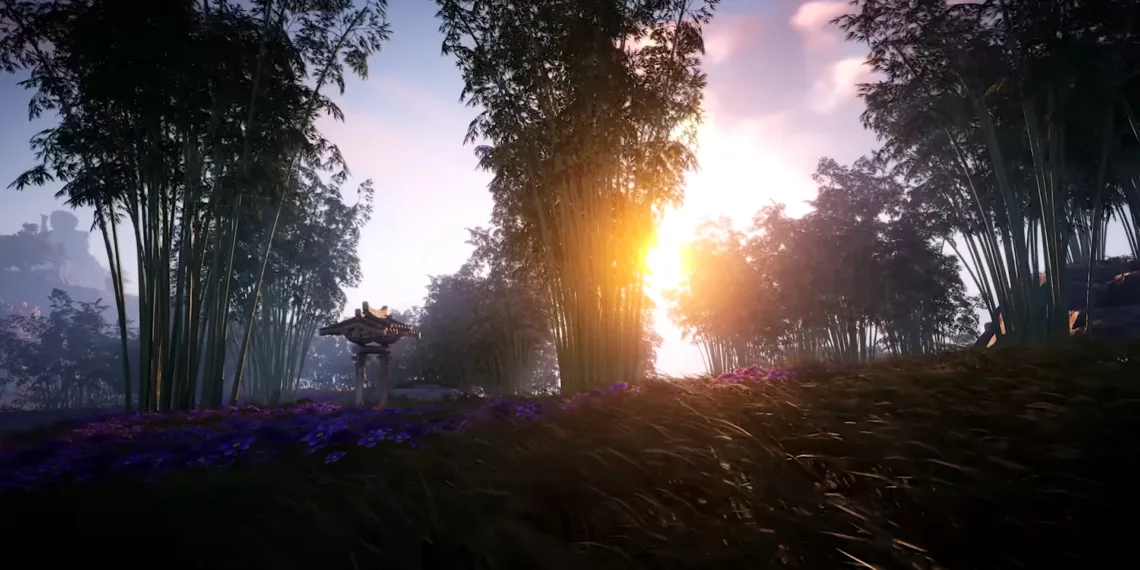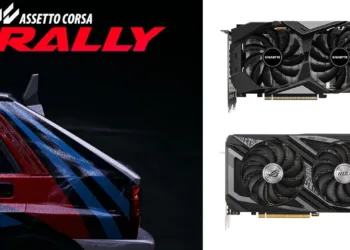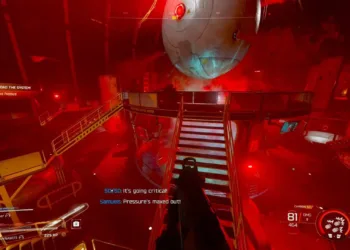When launching Where Winds Meet on PC, players face an immediate choice: DirectX 11 or DirectX 12. This decision significantly impacts performance, stability, and access to cutting-edge graphics features. Here’s everything you need to know to make the right choice for your gaming rig.
Table of Contents
DX11 vs DX12: Where Winds Meet Performance Breakdown
| Feature | DirectX 11 | DirectX 12 |
|---|---|---|
| FPS Performance | Stable but lower | 15-20% higher |
| DLSS Support | Not available | Full support (RTX cards) |
| FSR Support | Basic upscaling only | Full FSR + Frame Gen |
| Stability | More stable, fewer crashes | Can have occasional crashes |
| GPU Utilization | Single-threaded | Multi-threaded, better scaling |
| Best For | Older hardware, stability issues | Modern GPUs, maximum performance |
Why DX12 Should Be Your First Choice
DirectX 12 is the recommended mode for Where Winds Meet, offering better performance and access to modern graphics technologies. The newer API leverages multi-threaded GPU scheduling, allowing your graphics card to work more efficiently.

Performance Gains: On modern hardware, DirectX 12 consistently delivers better performance, with the engine’s multithreading working as intended and scaling well on midrange GPUs. Cards like the RTX 4060, RX 6700 XT, or Intel Arc A750 see noticeable improvements under DX12.
Exclusive Features: DX12 is mandatory for DLSS and Nvidia’s frame generation on RTX cards, while FSR frame generation is also DX12-only. These technologies can dramatically boost frame rates, especially at higher resolutions.
Real-World Numbers: At Native 4K/Ultra Settings, the NVIDIA RTX 5090 achieved 115-126 FPS, which jumped to over 175 FPS with Frame Generation enabled.
When DX11 Makes Sense
While DX12 offers superior performance, it’s not perfect. Some specific graphics cards experience stability issues with crashes and stuttering, making DX11 the safer option despite running less smoothly.
Compatibility First: DirectX 11 primarily serves compatibility purposes for older or temperamental GPUs that handle DX11 with fewer crashes. If your system meets or falls below the minimum specifications (GTX 1060 6GB / RX 480 8GB), DX11 might be your better bet.
The Stuttering Problem: Where Winds Meet has a stuttering issue across all hardware, and DX12 sometimes makes it worse. If you experience persistent hitching that doesn’t respond to graphics tweaks, switching to DX11 can provide a smoother experience.
Making the Right Choice for Your Setup
Start with DX12 unless you have a specific reason not to. The rule of thumb is simple: begin with DX12 for better performance and access to DLSS and frame generation, then drop back to DX11 only if you encounter crashes or show-stopping hitching.
System Optimization Tips:
- Install the game on an SSD to reduce traversal stutter
- Keep graphics drivers updated
- Enable DLSS Quality mode on RTX cards for optimal balance
- Turn off motion blur to reduce performance overhead
- Use Nvidia Reflex with frame generation to minimize input lag
For more gaming optimization guides and performance tips, visit TechnoSports gaming coverage where we break down the latest titles and hardware configurations. Learn more about DirectX technology on Microsoft’s official DirectX page.

The Verdict: Performance vs Stability
Choose DX12 if you have:
- RTX 2000 series or newer Nvidia GPUs
- AMD RX 6000 series or newer
- Intel Arc graphics cards
- A stable system configuration
Choose DX11 if you experience:
- Frequent crashes or freezing
- Severe stuttering that persists after tweaking settings
- Performance issues on older hardware
- Compatibility problems with your GPU
Remember, you can always switch between modes through Steam’s launch options, so experimentation is risk-free.
FAQs
How do I switch between DX11 and DX12 after launching the game?
In your Steam library, right-click Where Winds Meet, select Properties, then navigate to the General tab. Look for the “Selected Launch Option” dropdown menu where you can choose between DirectX 11 and DirectX 12. The game will prompt you with this choice on first launch, but you can change it anytime through Steam settings.
Will using DX11 significantly reduce my graphics quality?
No, the visual quality remains identical between DX11 and DX12. The difference lies in performance, stability, and access to upscaling technologies like DLSS and FSR frame generation. Visual issues such as pop-in and environmental effects appear in both modes since they’re part of the game’s engine design, not API-dependent. You’re choosing based on performance and stability, not graphics polish.







